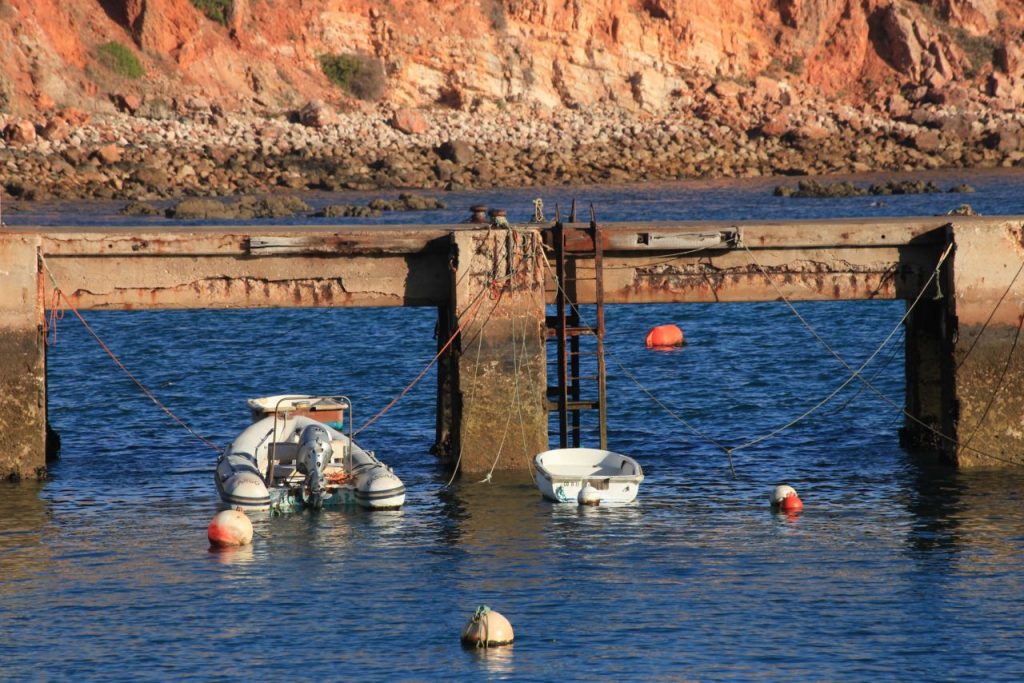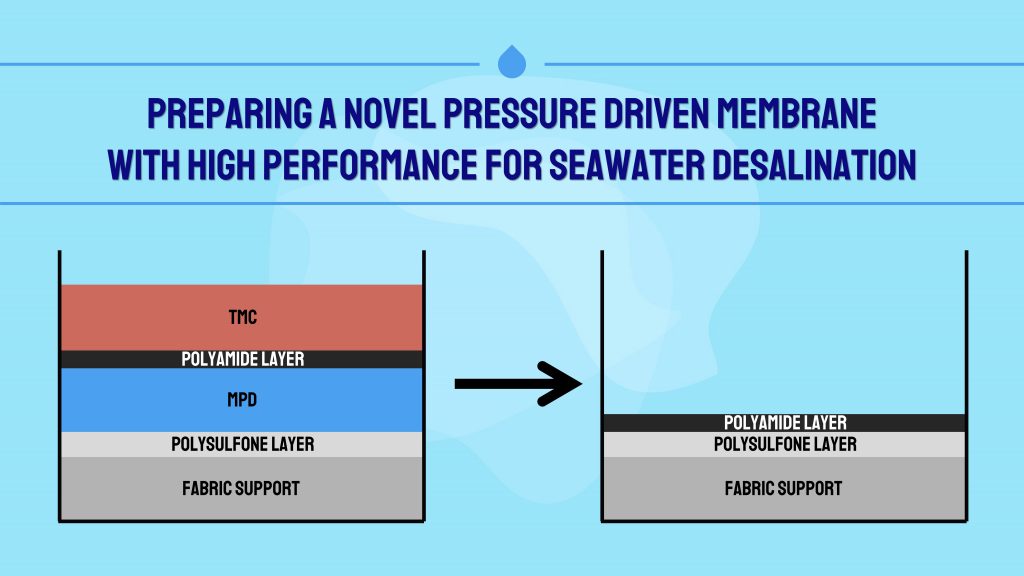Performance of Sustainable Cement for Marine Construction
Chloride attack of concrete in particular for marine structures is a serious global issue where it can lead to severe deterioration of the concrete, drastic reduction in strength of structures and safety concerns. The world is urging for a remedy to this situation. A green alternative to Ordinary Portland Cement (OPC), Alkaline-activated Slag (AAS), is found to be having 70%-150% higher chloride binding capacity than that of OPC, making it a potential antidote to this issue. This project aimed to analyse the chloride resistance of AAS in the marine environment, to provide better predict the service life of marine structures and to find ways to enhance the durability of concrete in aggressive conditions. With AAS, let us ‘cement’ a sustainable future.
Performance of Sustainable Cement for Marine Construction Read More »








